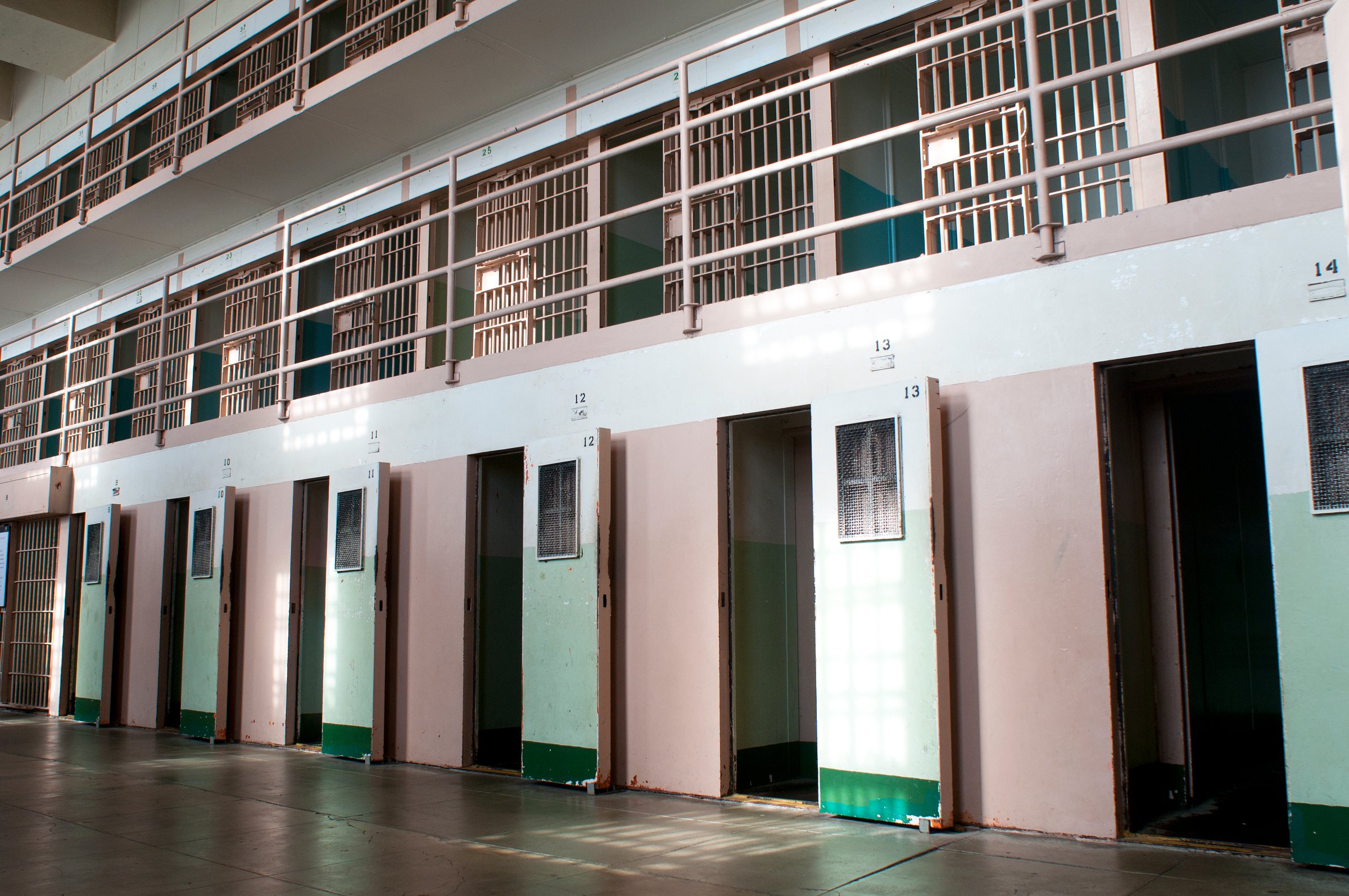
A move by the U.S. Department of Justice to release 6,000 inmates in federal prison and send them to halfway houses in the coming month has drawn widespread from praise from advocates of criminal justice reform. But others have warned that releasing so many prisoners at one time might lead to an increase in crime rates.
As it turns out, this isn’t the first time that authorities have released a group of non-violent criminals all at once. In 2011, the United States Supreme Court ordered California to release more than 30,000 inmates due to overcrowding that the Court deemed cruel and unusual. Following the release of prisoners, crime rates actually declined.
“Mostly what extreme sentencing and prison expansion gets us is high recidivism rates, destabilized communities and depleted budgets,” said Lenore Anderson, executive director at Californians for Safety and Justice.
A study from the Public Policy Institute of California found that property and violent crime rates declined to historic lows after the so-called public safety realignment in 2011. The only area where releasing prisoners was found to increase crime was auto thefts, which was estimated to be 17% higher than it would have been otherwise.
Perhaps it’s not surprising that adding thousands of newly released prisoners had little effect on crime rates in a state of nearly 40 million people, but research looking specifically at the prisoners who were released suggests they were far less likely to wind up back in prison than inmates released on the usual schedule. One study from Stanford Law School looked at the more than 1,600 prisoners released in California early under a reform of the state’s “Three Strikes Law.” Only 1.3% of prisoners released early under that reform would up back in prison, compared with more than 30% of other prisoners.
Reform advocates tout the numbers to support reform efforts, but they also say that public officials need programs to help prisoners transition to the real world. In California, state officials allowed counties to manage criminals, which led county criminal justice systems to emphasize mental health, drug treatment and probation. All of these factors are thought to help reduce recidivism.
“They were really gearing up for this,” said Christopher Watler, project director at the Harlem Community Justice Center, of California officials. “I think it’s wonderful that they’re releasing people, but they also need services in their communities where they have help.”
More Must-Reads from TIME
- Cybersecurity Experts Are Sounding the Alarm on DOGE
- Meet the 2025 Women of the Year
- The Harsh Truth About Disability Inclusion
- Why Do More Young Adults Have Cancer?
- Colman Domingo Leads With Radical Love
- How to Get Better at Doing Things Alone
- Michelle Zauner Stares Down the Darkness
Write to Justin Worland at justin.worland@time.com